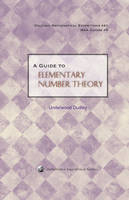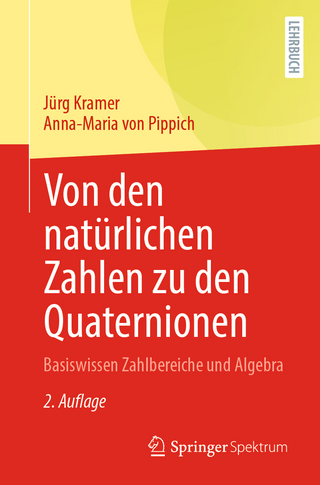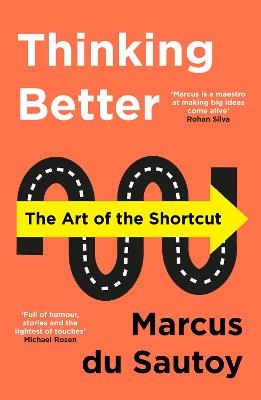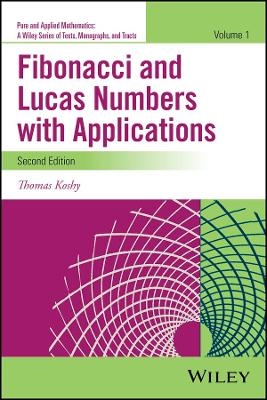
A Guide to Elementary Number Theory
Mathematical Association of America (Verlag)
978-0-88385-347-4 (ISBN)
A Guide to Elementary Number Theory is a short exposition of the topics considered in a first course in number theory. It is intended for those who have had some exposure to the material before but have half-forgotten it, and also for those who may have never taken a course in number theory but who want to understand it without having to engage with the more traditional texts which are often extensive, and dense. Number theory has an impressive history, which this guide investigates. Rather than being a textbook with exercises and solutions, this guide is an exploration of this interesting and exciting field. Its important results are all included, usually with accompanying proofs: the Quadratic Reciprocity Theorem is proved as Gauss did it. The material has been chosen to be maximally broad whilst remaining concise and accessible.
Underwood Dudley was born in New York City in 1937. He has bachelor's and master's degrees from the Carnegie Institute of Technology and received the Ph.D. degree (number theory) from the University of Michigan in 1965. He taught at the Ohio State University and at DePauw University, from which he retired in 2004. He is the author of three books on mathematical oddities, The Trisectors, Mathematical Cranks, and Numerology, an elementary number theory text, and is the editor of two collections of mathematical pieces. He has edited the College Mathematics Journal, the Pi Mu Epsilon Journal, and two of the Mathematical Association of America's book series. He has served as the MAA's Pólya lecturer and has received its Distinguished Service Award. He is a member of the MAA, the American Mathematical Society, and the Society for Industrial and Applied Mathematics.
Introduction; 1. Greatest common divisors; 2. Unique factorization; 3. Linear diophantine equations; 4. Congruences; 5. Linear congruences; 6. The Chinese Remainder Theorem; 7. Fermat's Theorem; 8. Wilson's Theorem; 9. The number of divisors of an integer; 10. The sum of the divisors of an integer; 11. Amicable numbers; 12. Perfect numbers; 13. Euler's Theorem and function; 14. Primitive roots and orders; 15. Decimals; 16. Quadratic congruences; 17. Gauss's Lemma; 18. The Quadratic Reciprocity Theorem; 19. The Jacobi symbol; 20. Pythagorean triangles; 21. x4+y4≠z4; 22. Sums of two squares; 23. Sums of three squares; 24. Sums of four squares; 25. Waring's Problem; 26. Pell's Equation; 27. Continued fractions; 28. Multigrades; 29. Carmichael numbers; 30. Sophie Germain primes; 31. The group of multiplicative functions; 32. Bounds for ∏(x); 33. The sum of the reciprocals of the primes; 34. The Riemann Hypothesis; 35. The Prime Number Theorem; 36. The abc conjecture; 37. Factorization and testing for primes; 38. Algebraic and transcendental numbers; 39. Unsolved problems; Index; About the author.
| Reihe/Serie | Dolciani Mathematical Expositions |
|---|---|
| Verlagsort | Washington |
| Sprache | englisch |
| Maße | 156 x 236 mm |
| Gewicht | 320 g |
| Themenwelt | Mathematik / Informatik ► Mathematik ► Arithmetik / Zahlentheorie |
| ISBN-10 | 0-88385-347-7 / 0883853477 |
| ISBN-13 | 978-0-88385-347-4 / 9780883853474 |
| Zustand | Neuware |
| Haben Sie eine Frage zum Produkt? |
aus dem Bereich


